

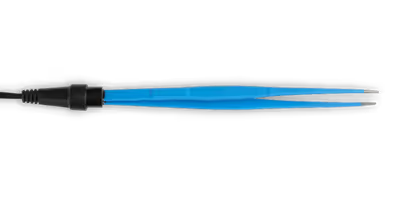
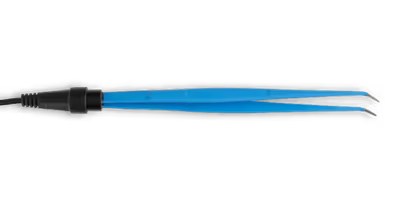
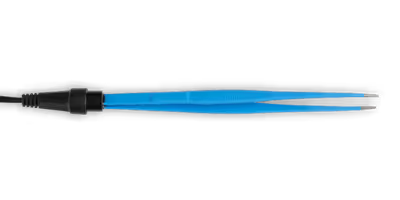

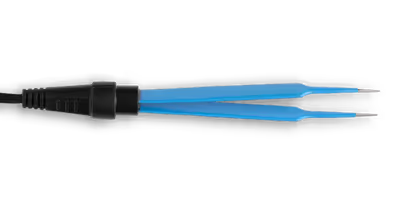
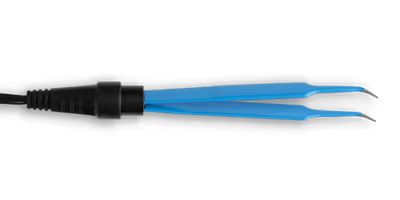
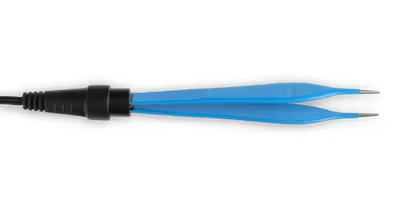
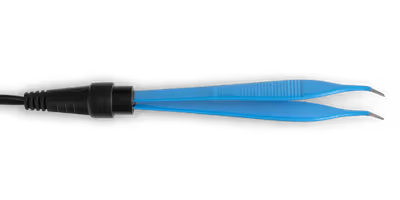

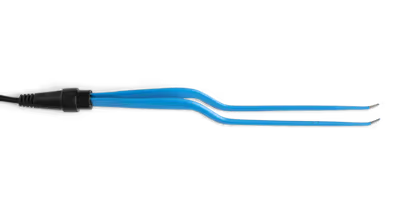
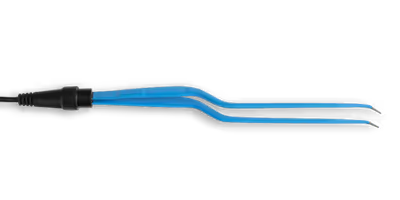
.avif)
.avif)

Bipolar forceps are surgical instruments designed for precision coagulation and vessel sealing. They are mainly used in neurosurgery, ophthalmology, ENT, and microsurgery to stop bleeding and protect surrounding tissue. Unlike traditional instruments, they pass electrical current only between the two tips, ensuring safe and localized coagulation.

The difference between monopolar and bipolar forceps is how they deliver electrical current.


Bipolar forceps were developed in the mid-20th century to improve safety in electrosurgery. Surgeons needed a method to control bleeding in delicate microsurgery without current passing through the entire body. The introduction of bipolar technology provided precise coagulation and quickly became standard in neurosurgery and ophthalmology.

Bipolar cautery was pioneered by neurosurgeon Dr. Leonard Malis in 1967. His invention of the bipolar coagulator revolutionized neurosurgery by enabling safe, localized vessel sealing without damaging nearby brain tissue. Today, Malis’ contribution remains a cornerstone of modern surgical practice.